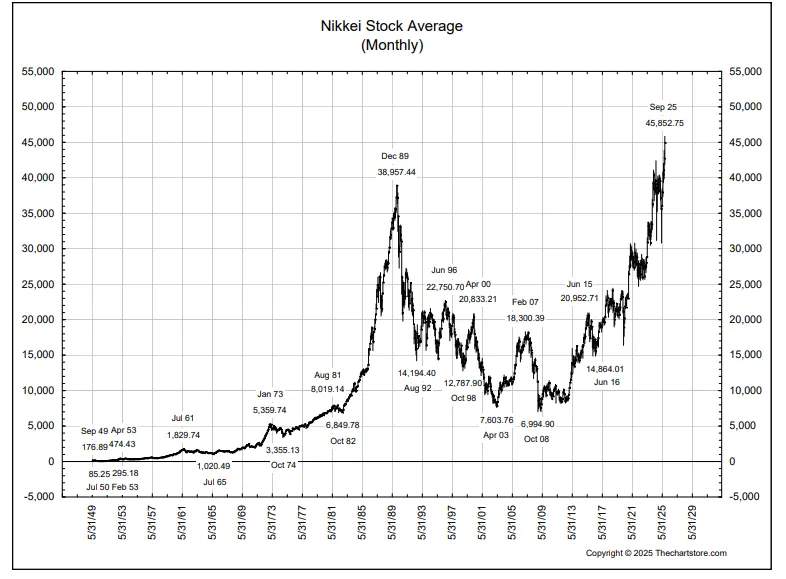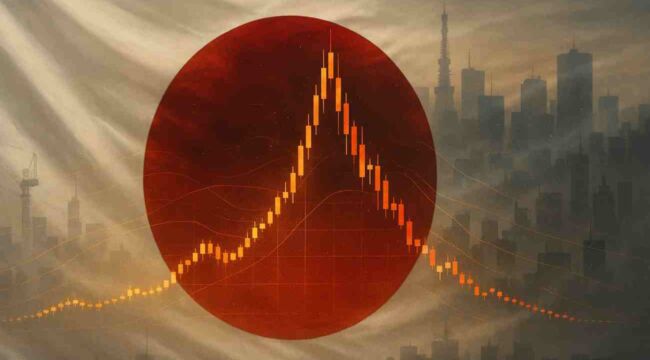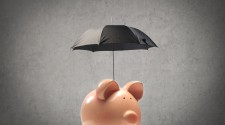Turning Japanese
There are ‘policies’ that seem to work…and some that don’t seem to work.
But the policy that always works best is no policy at all. That is, left alone, people do the best they can with what they have. Only they know what they want and what they have to work with. The feds, who have aims of their own, can make us do things differently; they can’t make us do things better.
Doing ‘better’ is driven by competition, not by the feds. We try to be better, smarter, faster, richer, sexier than our rivals.
Here’s the latest on the China/US competition. Associated Press:
China did not back down Monday in a back-and-forth with the U.S. over trade, calling for U.S. President Donald Trump to withdraw his latest threat of a 100% tariff and other export control measures announced over the weekend.
In the latest escalation of the trade war between the two nations, Trump issued the tariff threat on all Chinese imports into the U.S. after China placed stricter restrictions Thursday on rare earths, a vital resource used in electronics.
Who would have thought it? When we were children, China was a hopelessly poor and backward place. They had policies up the Yangtze. Policies for products. Policies for people. Policies for everything. And the more policies you implement, the less freedom you have to make real progress. That is why communism posed no long-term threat to the USA.
Communism ensured that the Chinese would take no jobs from America…and never rival the US technologically.
“Never interrupt an enemy when he is making a mistake,” said Napoleon. But instead of accepting the gift graciously, and perhaps offering a little insincere praise, we spent billions trying to get China to change her ways.
Eventually, she did. And now China is eating our lunch…our dinner…and our afternoon snacks. What did she do? She simply did away with the economic policies that had hog- tied her people. “To get rich is glorious,” said Deng Xiaoping.
Competition changes all the time. Japan famously had the most dynamic economy in the world…up until 1990. Everyone wanted to learn the latest Japanese buzzwords…Republicans and Democrats both aimed to imitate what they thought were Japan’s winning policies.
But Japan had no monopoly on innovation or business genius. What it had was a cheap money policy….a monetary policy that distorted its economy.
The background on this was that Ronald Reagan had won the White House in 1980. His Fed chief was seriously fighting inflation, with a fed funds rate as high as 20%. The high interest rates attracted savings from all over the world, causing the dollar to go up. Against the Japanese yen, for example it went up 50%.
But tight money also produced a recession.
So, the world’s leading finance ministers got together at the Plaza Hotel in New York in 1985. Their mission: a policy that would bring the yen up and the dollar down.
The idea was simple enough. Central banks — guided by US Treasury Secretary James Baker — agreed to sell dollars to buy yen.
A personal footnote. We sued Baker; as Treasury Secretary, he was responsible for running up US debt to an almost unimaginable level back then — $1.8 trillion. We argued that one generation had no right to burden future generations — who couldn’t vote — with debt. The case was listed as ‘Bonner v. Baker’ and was dismissed. But Baker’s mother was a Bonner. He joked that ‘Bonner v. Baker’ was what he had grown up with.
If speculators had understood, they could have made fortunes as the dollar fell.
The lesson: When governments want to bring a currency down, they can do so. And today, the Trump Team wants to bring the dollar down again.
But it’s not without its hazards. The New York Times, in 1987, described the Plaza Accords as an ‘abrupt shift’ in monetary policy. The following day — October 18th — brought a panic. The Dow recorded its largest ever single-day drop. To put it in perspective, it would be the equivalent of a 10,000 point drop today.
Japan meanwhile, had its Black Monday too…three years later. First, the rising yen did for the Japanese economy what the rising dollar had done to the US. That is, it caused a recession. Then, the Japanese authorities did what monetary officials did before and have done since — they came up with a new policy…stimulating the economy with lower interest rates. This in turn caused asset prices to go through the roof.
But even in Japan, the familiar pattern of boom-bubble-bust rules. Policies don’t eliminate it. They make it worse. And the bust came in 1990. The Nikkei Dow, then at 38,000, retreated to a low of 7,000…and didn’t recover until last year — 35 years after the crash.




Comments: